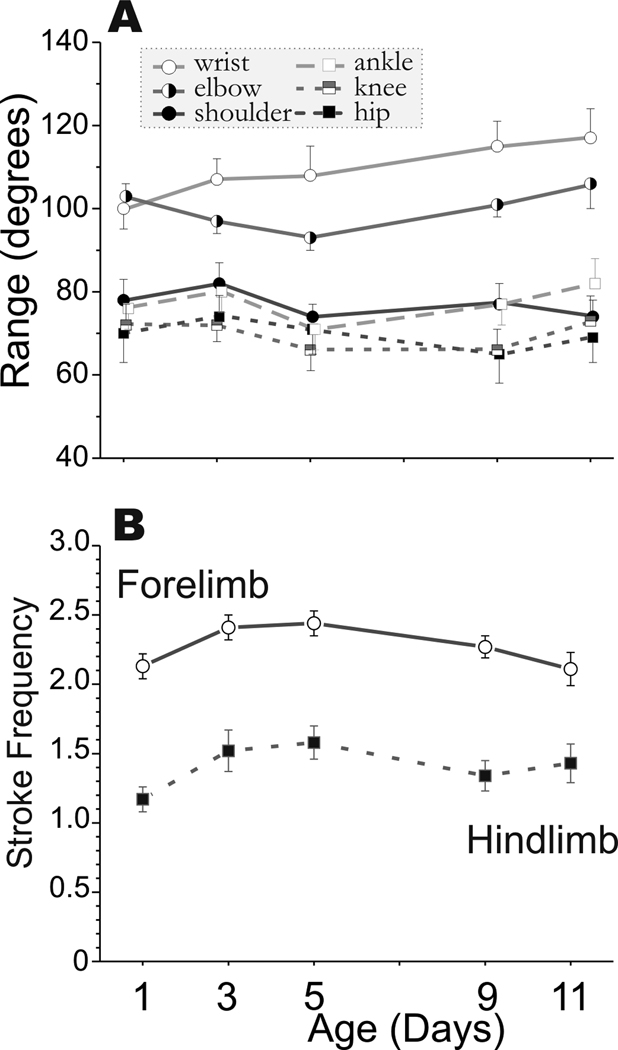Figure 2. Range of angular Joint Motion in Control Animals from P1-P11.
Rabbit kit joint motion during swimming was video taped on day 1,3,5,9 and 11 of life. Fourteen control kits from 3 litters were studied. Joint position and angles were calculated from 80–100 frames of digitized video. A Matlab program was used to calculate the range, mean, minimum and maximum angles for the 3 major joints in the fore (wrist, elbow, shoulder) and hind limbs (ankle, knee, hip). Panel A the mean ± SEM for the range. The range increases are due to increased flexion. The decrease in minimum and mean angles is shown in Supplemental Figure 1. The forelimb joints are represented by circles and the hind limb by squares. Some of the symbols have been offset slightly at each time point for clarity. Panel B shows the stroke frequency is different in fore- and hind limbs. The forelimb is represented by circles and the lower limb by squares.

